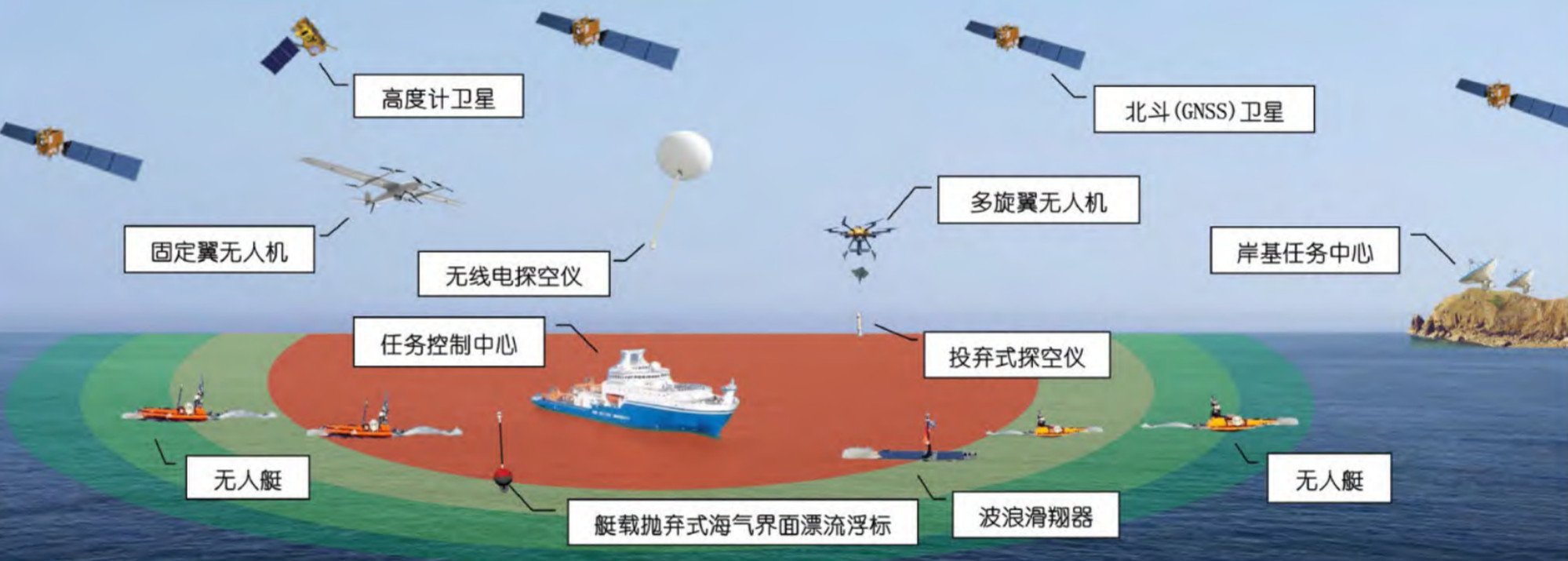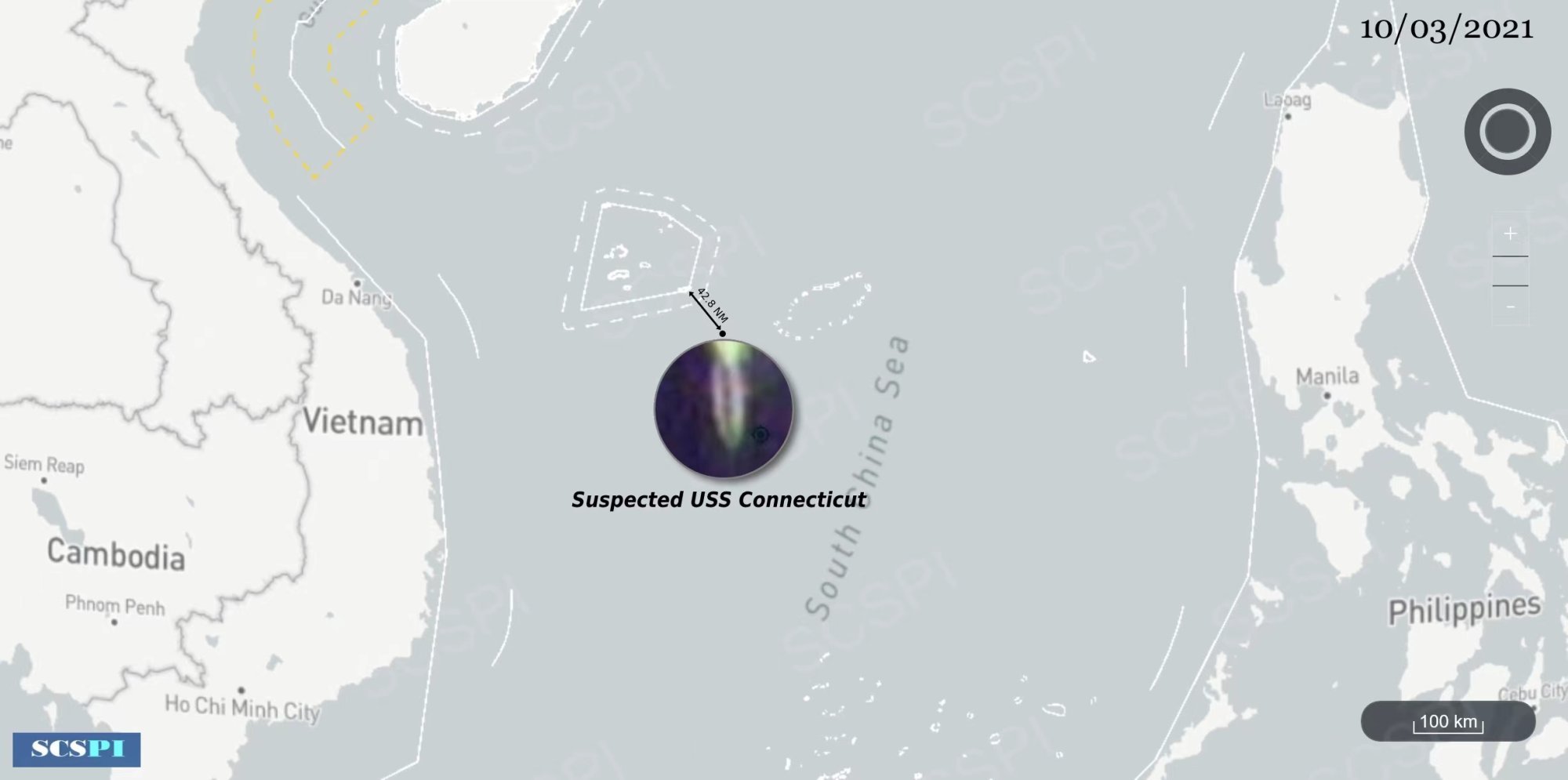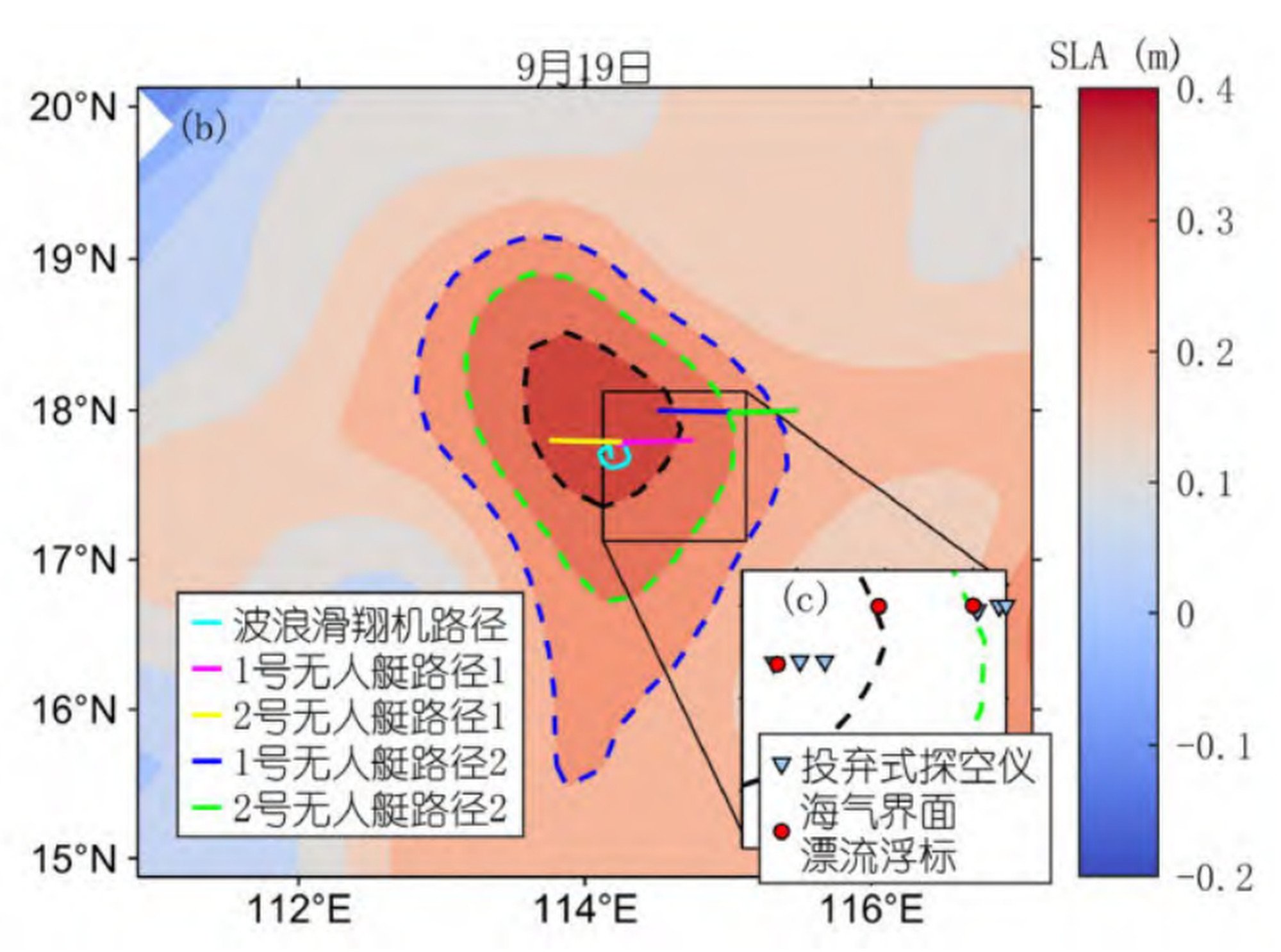It is the stuff of science fiction. A giant whirlpool, spanning hundreds of kilometres, suddenly appears in the ocean, threatening anything in its path.
But now, after the declassification of a Chinese operation, it appears this particular whirlpool was all too real. And it could be the explanation behind an international incident involving an American nuclear-powered submarine.
In September 2021, a massive operation was launched by China to hunt and record an enormous whirlpool, more than 200km (124 miles) across, which appeared to the east of the Paracel Islands in the South China Sea.
Do you have questions about the biggest topics and trends from around the world? Get the answers with SCMP Knowledge, our new platform of curated content with explainers, FAQs, analyses and infographics brought to you by our award-winning team.
China’s most advanced research vessel and the largest drone fleet ever assembled were sent to conduct comprehensive tracking of this vortex from the air, sea surface and under water.
Around the same time, the USS Connecticut, a Seawolf-class, nuclear-powered fast attack submarine operated by the US Navy, was also in the area.
On October 2, 2021, it hit an unknown object and had to make an emergency breach. It suffered serious damage, with repairs ongoing to this day.
A US military investigation assigned blame to the negligence of the officers and crew on board as well as their unfamiliarity with the terrain.
Now, on the third anniversary of the incident, the Chinese government has declassified its whirlpool hunting operation, with the scientific data that was collected at the time published last month in the Chinese language academic journal Scientia Sinica Terrae.
It remains uncertain whether there is a connection between the US submarine collision and the whirlpool. Scientists involved in the project refused to comment on this.

The Chinese drone fleet’s tracking operation began on September 15, 2021, and continued until September 22. When the tracking concluded, the maelstrom remained extremely powerful. Based on past experience, the scientists wrote, such phenomena “can last for weeks to months”.
The collision occurred just 10 days later on October 2. Connecticut’s hull suffered severe damage but did not completely lose power, according to the US Navy.
A satellite image taken on October 3 showed the submarine floating on the ocean surface, 42.8 nautical miles southeast of the Paracel Islands, also known as the Xisha Islands in China, sailing slowly south.
The satellite image was released by the South China Sea Strategic Situation Probing Initiative (SCSPI), a Beijing-based open-source intelligence organisation.
The submarine’s coordinates were 15.5 degrees north and 113 degrees east, according to SCSPI.
Charts in the scientific paper show that this location was still within the influence range of the swirl, around 30 nautical miles away from the sailing path of one of the Chinese unmanned vessels that had patrolled the area a few days earlier.

This type of whirlpool is also known as a mesoscale eddy. In the 1930s, American oceanographer Columbus O’Donnell Iselin first discovered and recorded this phenomenon during a voyage from New York to Bermuda.
Mesoscale eddies often appear like ghosts, containing incredible amounts of energy within them. According to an estimate by some scientists, these rotating bodies of water may carry over 90 per cent of the kinetic energy on the planet’s surface.
These disturbances in seawater can reduce the accuracy of sonar, posing a threat to the safe navigation of submarines.
They can also interfere with the propagation of electromagnetic waves within the atmosphere through air-sea interactions, leading to communication interruptions and even causing aircraft to disappear from radar screens.
Due to a lack of complete observation data, the exact causes of these eddies still remain largely unknown.
When studying the 2021 South China Sea whirlpool, the Chinese scientists discovered an exceptionally complex structure inside.
At the eddy’s centre, around 50 to 150 metres (164-492 feet) below the sea surface, the drone fleet found a high-temperature core; closer to the sea surface, they found a low-temperature core; and at a depth of 200 metres (656 feet), they discovered another high-temperature core.
A large amount of seawater rotates clockwise around these cores at a speed of around 0.4 metres per second. Although this speed may seem slow, a submarine can encounter dramatic changes in seawater temperature and density when crossing this area.
The heat difference between adjacent water bodies within the eddy, for instance, can be as high as four times, according to the data collected by the Chinese drones.
These changes are so intense and sudden that some drones, when transitioning from one water layer to another, experienced unexpected impacts and lost their data collection capabilities for a period of time.

The drone fleet also detected suspended wave guides at an altitude of around 600 metres (1968 feet) above the ocean surface. This abnormal atmospheric phenomenon can severely affect the quality of wireless communication and the normal operation of radar.
A variety of intelligent equipment was used in the operation including unmanned vessels, gliders, fixed-wing and rotary-wing drones. Among them, large fixed-wing drones were responsible for communication and coordination between the various unmanned platforms.
China’s BeiDou Satellite Network and other space infrastructures also took part in the operation.
China is currently the only country capable of tracking eddies that suddenly appear using a large number of drones. According to the paper, similar operations are expected in the future, and their scale may be even larger.
The scientists involved in the operation mainly came from the Chinese Academy of Sciences, Sun Yat-sen University, and Nanjing University of Information Science and Technology, with the latter having close ties to the military meteorological department of the People’s Liberation Army (PLA).
The Seawolf class is the most advanced nuclear attack submarine currently in service with the US Navy, renowned for its high speed, quietness and excellent environmental sensing capabilities.
The US Navy conducted an investigation into the 2021 incident and concluded that the submarine collided at an extremely high speed with an undersea mountain that did not appear on any maps. The incident was attributed to a preventable human error.
“No single action or inaction caused this mishap, but it was preventable,” an investigation report released in 2022 said.
In the wake of the collision, Commander Cameron Aljilani, his second-in-command, Lieutenant Commander Patrick Cashin, and the master chief sonar technician Cory Rodgers were removed from their posts “due to a loss of confidence”.
More from South China Morning Post:
- Antony Blinken to discuss South China Sea and Ukraine at Asean summit
- Is China downplaying ‘restrained’ clash with Vietnamese fishermen near Paracel Islands?
- China, Philippines continue to clash in South China Sea, with new flashpoint emerging
- US Navy chief unveils plan to be ready for possible war with China by 2027
- US offer to escort Philippines’ ships in South China Sea risks clashes with Beijing
For the latest news from the South China Morning Post download our mobile app. Copyright 2024.





